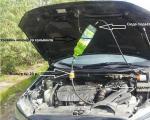How to use the battery load plug? When you want to learn everything
To assess the condition of the vehicle's electrical equipment, you need to know how to use the battery load plug. Especially such skills are needed today, when the installation of numerous additional electronic equipment, year-round trips with the headlights on do not allow the battery to get a full charge from the car generator. In addition, in the cold season, the process of its self-discharge is accelerated. In such conditions, periodic monitoring of its condition is necessary.
How to use the battery load plug it will be useful to know for all drivers who prefer to carry out simple maintenance operations on their car on their own. Timely charging the battery with a stationary charger will extend its service life. Such a measuring device will not require special financial costs, but it can bring great benefits.
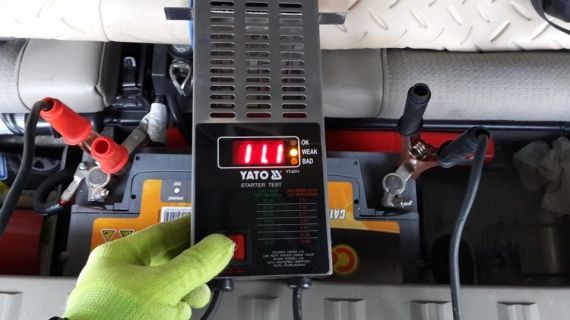
Why do you need a battery test?
This device is one of the main in the electrical system of a modern car. Under normal operating conditions of the machine, as a rule, such an examination is carried out very rarely. This happens when buying a new battery or after the first signs of its discharge. On cars, the dashboard of which is equipped with a voltmeter, such control is carried out constantly, in other cases, the check must be carried out regularly and independently.
It is especially important to carry out this operation before the onset of cold weather. During such a period, the load on the battery increases significantly, plus the cold accelerates the self-discharge process. A battery examination can be carried out with a conventional voltmeter, but it is almost impossible to reflect its actual state only with its help. For an objective examination, you need to use a load fork.
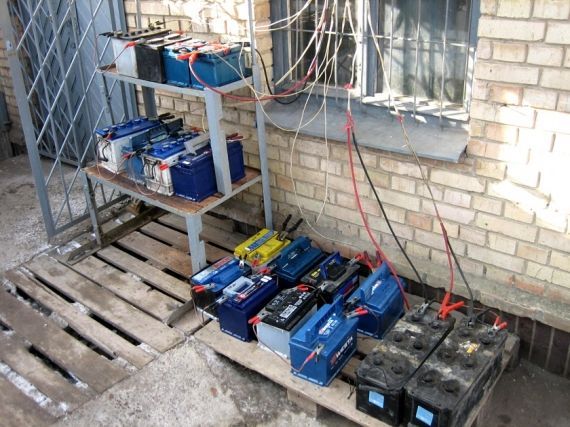
What it is?
Load plugs are measuring devices that allow you to assess the condition of the battery. With this device, you can not only control the charging current, but also check the charge of the product under load. Such a plug should be in every garage, as it is inexpensive, but at the same time an invaluable assistant to the car owner. It will not be difficult to buy it, it does not take up much space, and therefore there will always be a place on the shelves for it.
It is a simple device in which there is a voltmeter, one terminal in the form of a metal rod, and the second is a piece of thick cable with a tip. It also has an insulated handle for ease of use. The device may have one or more additional resistances that are needed to assess the performance of the battery. Each of them is designed for a current of approximately 100 amperes.
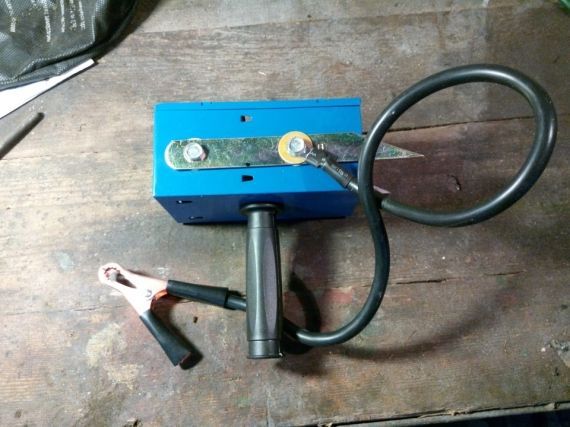
How is a battery checked?
Before using the load fork for verification, additional steps must be taken. First of all follows. To do this, you need a glass tube and a densimeter. Top up if necessary. The situation is more complicated with the study of the density of the electrolyte in each battery bank. This is especially important in order to be able to count on its full return and a long period of work.
When operating it in a temperate climate, the density of the electrolyte should be at a level of approximately 1.27 g/cm3. If this indicator is normal, you can continue checking, when a discrepancy is found, then you need to correct it. To do this, you need to purchase an electrolyte with a density 1.33 g/cm3 and bring it to the norm in each bank.
The check should be carried out in two stages, without load and then under load. It is advisable to carry out such a check only after the battery has been "slack" for several hours after the end of charging or after a trip. Connect the load plug to the battery without additional resistance and look at the voltmeter readings. In the event that his readings are within 12.6 - 12.9 Volts, you can still "conditionally" consider the charge equal to 100%.
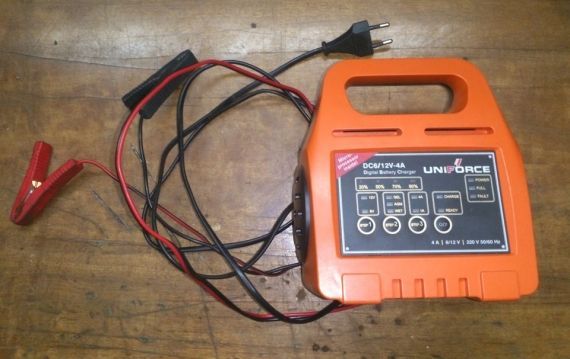
Now you can and should check the degree of charge of the battery with an additional load. It must be selected in accordance with the capacity of the battery and connected to the load plug. After that, the device is connected again to the tested battery. This time, the measurement must be performed in a very short period of time, no more than 5 seconds. When measuring, care must be taken, as large currents lead to strong heating of the cable and plug, so you can get burned.
During such a test, sparks may occur when connected to the battery, so the plugs must be closed. If the test showed that the voltage at the load will be more than 9 volts, the battery is in perfect order, otherwise, it needs to be saved. We hope that after reading this article it became clear how to use the battery load plug. Have your car's battery serviced and tested regularly to ensure it lasts all year round.

